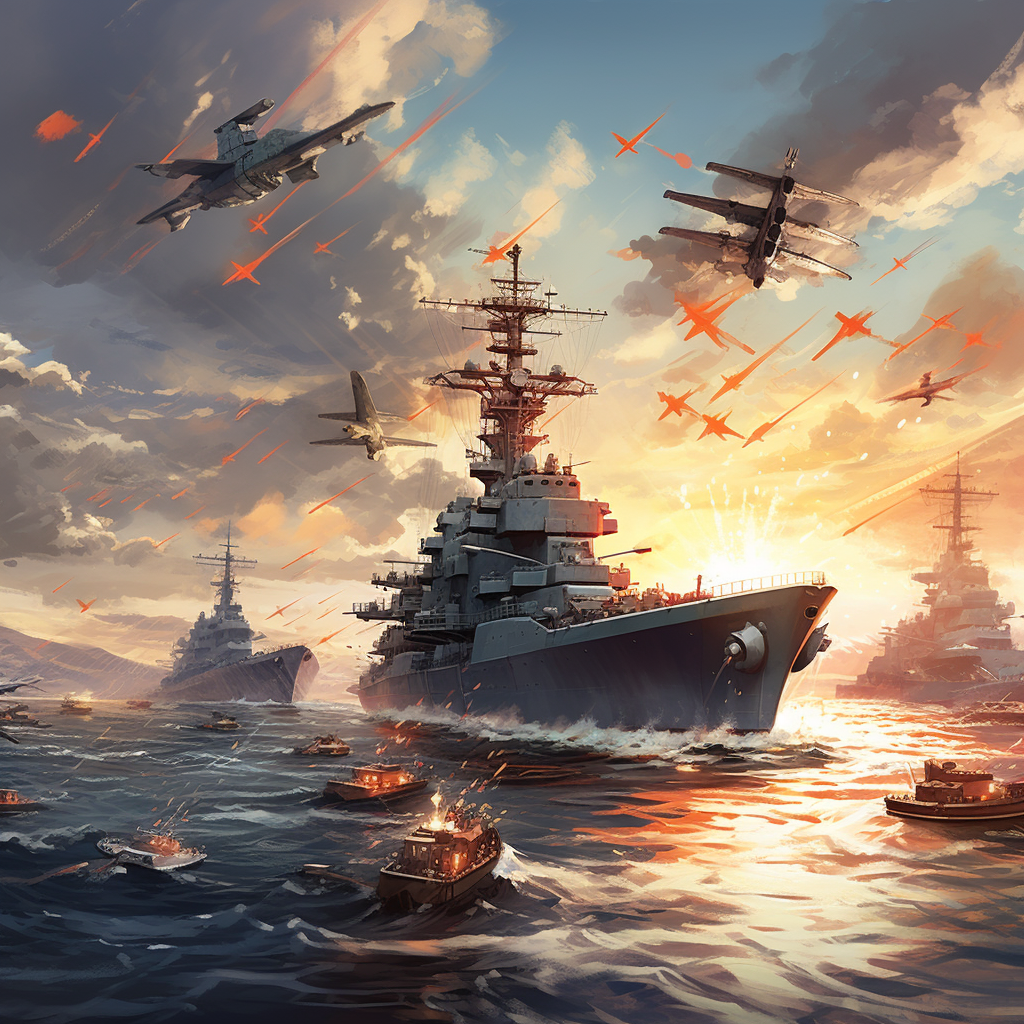What might a Taiwan Conflict mean for agricultural markets?
War and uncertainty can be inflationary. Companies’ and governments’ knee-jerk response is to chase prices with speculators piling on. This is what happened in the early days of the Ukraine invasion. Recency bias, the phenomenon of recent events dominating human psychology, would certainly play a factor. No one expected a Russian invasion only 18 months ago.
The Ukraine invasion sent wheat prices to multi-decade highs, crude oil over $130 per barrel, and regional freight markets seized up. You immediately paid a substantial war premium if you needed to buy something. The war was one of the most inflationary shocks in recent history.
The significant difference is Russia and Ukraine are major commodity exporters, including food, energy, chemicals, and more. Russia and Ukraine were always a commodity and food security risk. The situation in China could look very different because of the role China plays in the financial and commodity markets.
China has been THE developing market investment destination for two decades. Elon Musk and Jaime Dimon have made trips in the last 12 months to reassure the corporate community of their commitment to growth. Passive investment indexes such as the MSCI are heavily weighted toward Chinese companies.
An invasion could lead to an enormous reversal of capital flows. Companies may have to divest as sanctions are imposed and accounts frozen. The potential sanctions and reversal of capital flows could be on multiples of the Russian invasion. The shock to global growth and impact on the world’s largest markets: debt, interest rates, and equities would be catastrophic.
The cyberwarfare and second-order events would only just be starting. Central banks would intervene, probably in a similar order to the pandemic. The uncertainty for commodity markets would be the worst of the modern era.
In the case of shots fired or an invasion across the Taiwan Strait, the commodity environment may look very different than what we expect in the immediate aftermath. The reason is two-fold.
First, the disruptions to trade flows would trap many commodities at their origin. China would not be buying more US corn, pork, or soybeans. In many cases, futures markets would price the larger supply situation in the United States first. Other origins would likely see a cash premium built in quickly.
Second, the United States and its allies would immediately begin the process of financial sanctions and dollar weaponization. This would stunt growth in the world’s second-largest economy and global growth on a level not seen since the great financial crisis.
China is aware of this and would have taken steps to prepare. These steps would include prebuying essential commodities and rotating stockpiles. China will be proactively negotiating directly with friendly origins with certainty of supplies.
Large exporting countries like Australia and France would be caught in the middle. France and Australia are currently running large grain export programs to China. Australia is a member of the Five Eyes Alliance for national security, but France is not. A major unknown is how national security would factor into the existing and future commodity business.
Similar to how Spain, China, and Turkey used the grain corridor to replenish other shortfalls, direct government-to-government deals along conflict lines are the most likely path forward. Insurance carriers will need guarantees that merchant vessels do not get caught up in the conflict or trapped (similar to the Ukraine War).
The risk of this scenario is large stocks in the USA and collapsing global growth weigh on agriculture markets, eventually leading to poor production and shortfalls later on. Inflation would be a significant risk due to slowing global growth and rising deficit spending. War is often inflationary and bullish for commodities, it just may take longer to play out and not be the initial scenario immediately.

